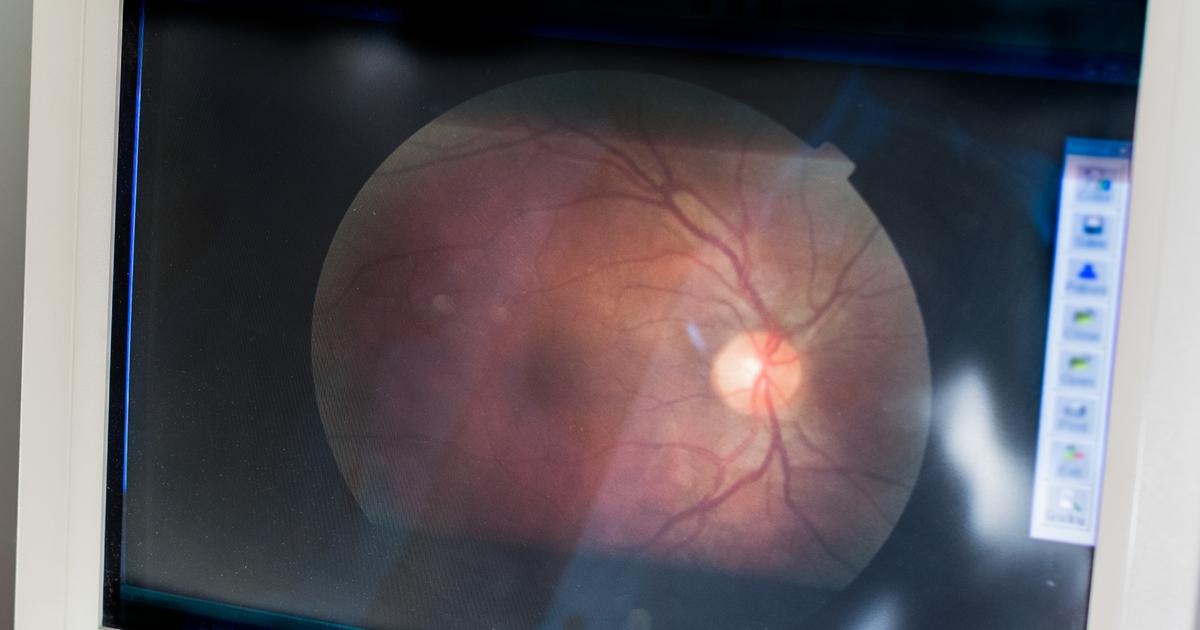Warning Signs Of Senior Loken Syndrome
Senior Loken syndrome is a rare inherited condition that causes severe eye and kidney problems. Doctors estimate it impacts approximately one in one million individuals worldwide, and patients typically begin to display symptoms shortly after birth or during their early childhood. Genetic testing can be used to diagnose this syndrome, and doctors will also perform detailed visual, renal, and neurological examinations.
For example, patients will have a visual acuity test and a test of their color vision, and fundoscopy exams and an electroretinogram might be necessary. Refraction tests and eye movement studies are generally performed as well. To evaluate renal symptoms, an abdominal ultrasound is used to properly examine the kidneys, and the liver will be checked during this procedure to detect liver fibrosis.
Excessive Thirst And Urine Production

The renal issues associated with Senior Loken syndrome often result in excessive thirst and urine production. These symptoms usually begin in the early stages of the syndrome, and both thirst and urine production could increase as the disease progresses. Excessive urine production is generally defined as passing more than three liters of urine per day, and this may be accompanied by an increase in urinary frequency.
The typical urinary frequency for healthy individuals is between four to six times per day, and clinicians classify urinary frequency as excessive if a patient urinates more than eight times in a day. Patients with Senior Loken syndrome will need to have their kidney health monitored by a pediatric nephrologist, and they should measure the concentration of the patient's urinary output. The specialist will also need to monitor whether sodium is being properly excreted in the urine.
Retinal Dystrophy

Retinal dystrophy is a gradual and progressive breakdown of the retina, the part of the eye that senses light and color. Some children with Senior Loken syndrome are born with a particularly severe type of retinal dystrophy known as Leber congenital amaurosis, a condition that causes vision issues from birth. Infants with this condition may experience sensitivity to light, and they typically have nystagmus, which are involuntary and rapid movements of the eyes that could result in temporarily blurred vision. These patients often have severe farsightedness.
The patients who have retinal dystrophy without Leber congenital amaurosis may not have their vision issues begin until their early childhood, and the symptoms displayed are those of a form of retinal dystrophy known as retinitis pigmentosa. This eye condition usually begins with night blindness, and it gradually progresses first to a loss of peripheral vision and then to a loss of central vision, eventually resulting in total vision loss. Although there is currently no cure for retinal dystrophy and no way of slowing down its progression, aids for individuals with low vision may help patients with daily activities.
